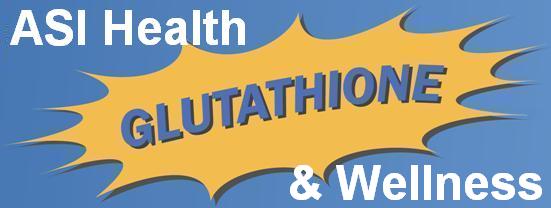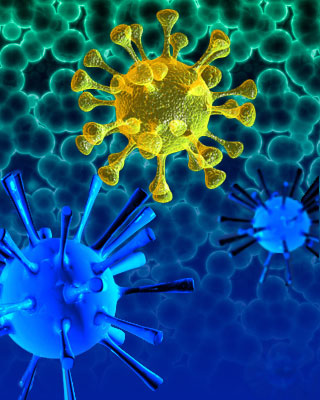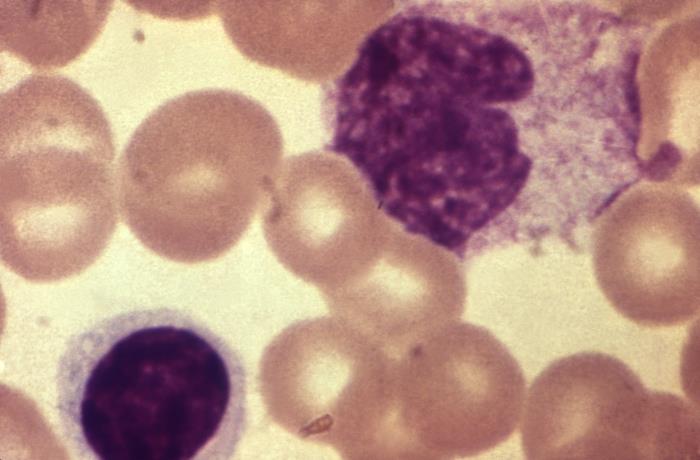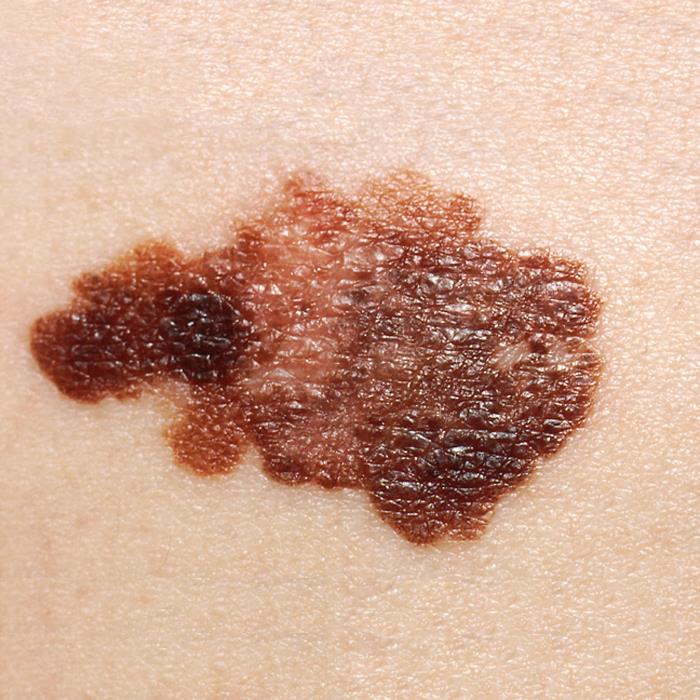Brucellosis and Glutathione
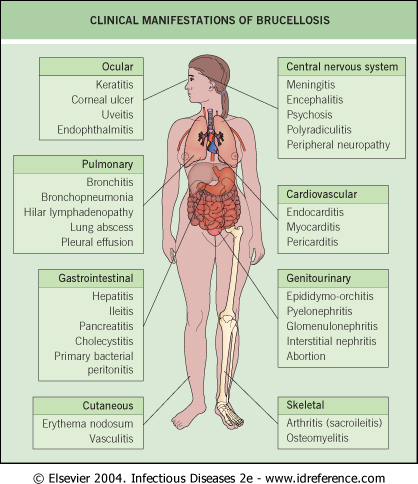
Strains of the Brucella bacteria are found in various domestic animals including cattle, pigs, goats and dogs. However, many wild animals incur the disease as well, including bison, elk and even some marine mammals including dolphins and whales. While incidence in USA domestic animals has been minimized via immunization, many wild animals still present a risk and in some areas they can pass it back to domestic animals. Worldwide control is not as prevalent.
Transmittance to humans is most commonly through the ingestion of raw or improperly cooked animal foods, and from unpasteurized milk and dairy products. However it can also be transported through intact skin, cuts or abrasions or even by airborne methods as it is relatively resistant to airborne dispersion issues. Within animal populations it is generally transmitted via foods, milk and through various body fluids. It can cause abortions in animals but not in humans.
In humans it can manifest as many different clinical conditions. Symptoms include waves of fever, heavy sweating, weakness, muscle and joint pain, headache, brittle bones resulting in spontaneous fractures (4)(5), anemia and other issues. However, symptoms can also be mild and be presented chronically. Symptoms can last for weeks, and chronic cases can last for a lifetime. Diagnosis can be difficult as many tests can present as false negative and many symptoms can be related to other illnesses. Long term chronic illness can result in other illnesses. Blood or bone marrow testing is most frequent. One useful test is an ELISA Test.
Common treatments are by specific antibiotics and it is a gram-negative pathogen. Generally treatment course involves more than one antibiotic at a time over extended treatment periods as it is known to adapt to individual antibiotics and become resistant. Typical is a 45 day treatment period. This is because it can hide itself within cells while it incubates and the treatment protocol must extend sufficiently long to take action on all sources. While some people respond positively to the treatments and the pathogen is eliminated, other individuals may still have chronic episodes or flare-ups of this disease for years. For that reason it is suggested that individuals that have had this illness do not donate blood even if they have been "successfully” treated or "cured”.
Both humans and animals having this disease are subject to severe oxidative stress from the disease. This oxidative stress has been shown to improve after treatment, yet they may not return back to normal levels of endogenous/exogenous antioxidant capacity (6). Levels of glutathione, vitamin A, vitamin E, vitamin C, SOD and many others are negatively affected. Measurement of oxidative stress has been described by some as a helpful means in which to observe progress of treatment (6). There is the suggestion that having low levels of glutathione may contribute to not being able to resist this pathogen.
Glutathione has been described by many as the Master Antioxidant through which other antioxidants present their effects (7). They recycle glutathione and glutathione does the work or glutathione can in turn recycle other antioxidants in the body to allow them to take on their selective task.
Brucellosis presents a novel opportunity for a natural wellness product like ASIHW Essential Proteins. ASIHW Essential Proteins offers direct precursors to assist the body of low antioxidant individuals in building glutathione. This would boost and support the antioxidant status of that individual.
Glutathione is also important for the immune system (7). This would boost the immune system of an individual suffering from this disease. It might also boost the immune system of individuals that might be low in antioxidant capacity and help them be more resistance toward getting this illness in the first place (glutathione levels drop as we age or are exposed to dietary, emotional and physical stressors that can cause free radicals and oxidative stress). Since oxidative stress results in toxins in the body, many of these toxins are causal in the painful inflammation and symptoms related to the illness, and glutathione is supportive in removing/neutralizing these free radical toxins.
ASIHW Essential Proteins is high in immune factors such as Lactoferrin. Lactoferrin is part of the human innate immune system that acts like a natural antibiotic for gram-negative pathogen strains (10)(11). Lactoferrins appear to promote bone growth and also appear to assist in reduction of osteoclast activity which in turn can reduce bone loss (12). ASIHW Essential Proteins also includes all essential proteins to assist the body in healing. Essential proteins combined with glutathione precursors have been known to assist in osteoblast growth to aid in healing of bone tissues.
After treatment, if antioxidant status is diminished due to the pathogenesis activity, glutathione support may assist in allowing the return of more normalized wellness associated with greater antioxidant capacity and the associated stronger immune system. One way to determine oxidative status is with the Micronutrient Testing and Spectrox testing from Spectracell. This presents an effective way of tracking antioxidant status before, during treatment and after the illness has been resolved. In addition this unique testing can confirm resolution and peak wellness on a periodic basis.
References:
1. Brucellosis – Wikipedia
http://en.wikipedia.org/wiki/Brucellosis
2. Brucellosis – Microblog: Microbiology Training Log
http://microblog.me.uk/363
3. Retrospective and prospective perspectives on zoonotic brucellosis
http://journal.frontiersin.org/article/10.3389/fmicb.2014.00213/full
4. Spontaneous Fractures: multiple causes
http://www.ncbi.nlm.nih.gov/pubmed/19275452
5. Brucella abortus Invasion of Osteoblasts Inhibits Bone Formation
http://iai.asm.org/content/80/7/2333.full
6. Decreasing oxidative stress in response to treatment in patients with brucellosis: could it be used to monitor treatment?
http://www.ijidonline.com/article/S1201-9712%2811%2900026-9/abstract
7. Glutathione: Your Key to Health - Dr. Jimmy Gutman – Kudo Books, 2008
8. Evaluation of oxidative stress in Brucella infected cows
https://user-content.perma.cc/media/2014/4/25/12/40/GH62-QY2E/cap.pdf
9. Serum Antioxidant Status to Asses Oxidative Stress in Brucella Infected Buffaloes
http://www.jspb.ru/issues/2012/N2/JSPB_2012_2_05-09.html
10. Lactoferrin – Wikipedia
http://en.wikipedia.org/wiki/Lactoferrin
11. The effects of Lactoferrin on gram-negative bacteria.
http://www.ncbi.nlm.nih.gov/pubmed/7762448
12. Lactoferrin--a novel bone growth factor.
http://www.ncbi.nlm.nih.gov/pubmed/16012127
Latest revision: 20150526






